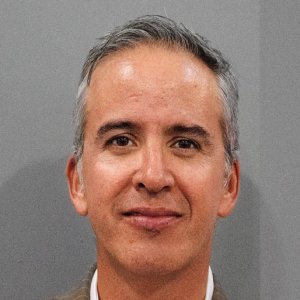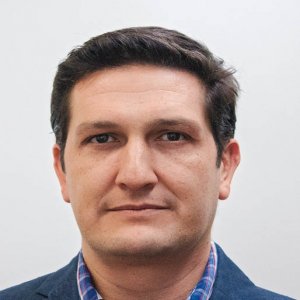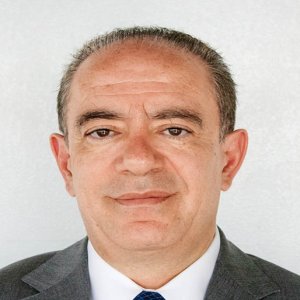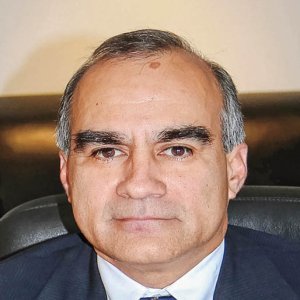Bringing Industry, Academia and Government Closer

STORY INLINE POST
Q: What are CLUSMIN's primary objectives?
A: The goal of the mining cluster is not to promote the sector – the government, the long history of mineral extraction in Mexico and the country’s extensive resources act as a natural basis for investment promotion. We are aiming to support the economic development of Zacatecas state through the mining sector. We quickly realized that the main goal should be to play to our strengths and maximize the productivity of the industry in Zacatecas. To achieve this objective, the entire value chain that participates in mining activities in the state needs to take part in and support the cluster.
The cluster is split into four committees. The supplier committee, which is charged with attracting new businesses to Zacatecas; the human capital committee, which focuses on attracting and developing human capital; the science and technology committee that ensures the continued technological development of the industry; and finally, the well-being committee, which works to protect the environment and to improve worker safety and health.
Q: What role does the government play in the cluster?
A: Although the cluster operates entirely separately from the state government, the public sector has an extremely important role. Firstly, the government must facilitate the creation of new businesses, which includes reducing waiting times for permits and other qualifications. Secondly, it must create industrial parks, where businesses can work together and share knowledge and experience. Thirdly, it has a vital duty to attract new financial institutions to the state that can help SMEs access the capital required to grow and contribute to the local economy.
Q: What training does the cluster provide to the new generation of workers in the mining industry?
A: We are acutely aware of the need to educate the next generation. To this end, the National Science and Technology Council (CONACYT) funded a study to determine the precise number of workers required to support the industrialization of the state until 2025. The study will be completed during 2H17 and will provide data on the number of metallurgists, geologists, maintenance engineers and technicians needed by the sector for the next 18 years. The state polytechnic university has recently created a course on metallurgical engineering. The course will focus initially on mathematical and scientific theory but second and third-year students will spend at least one week out of every four in the field, at a metallurgical processing plant.
The cluster is focused on the future. The state government has built a science and technology park, which is helping to finance new projects and innovative start-up companies. Minera Frisco set up the Laboratory for Mining Investigation, Development and Training in this park, with an investment of over MX$50 million. The University of Arizona is also working on an international research center for compatible mining that will focus on sustainable tailings facilities, remediation, forestation and biodiversity.
Q: How does the cluster contribute to the creation of new jobs in Zacatecas?
A: The mining cluster began by creating a supplier committee, whose role is to attract new businesses to the state and create jobs for local workers. We are also working toward bridging the gap between the suppliers and the client, which can reduce costs, improve the level of service and therefore boost productivity.
We are under pressure from the trade unions to create more sources of employment because mining is becoming increasingly digital and mechanized. This is changing the nature of the mining job market, which now requires highly trained but fewer workers, and the industry as a whole has a responsibility to react and continue providing jobs. One of the cluster’s main objectives is to attract new companies to Zacatecas that can train the large number of manual workers in the state to use modern industrial equipment.























